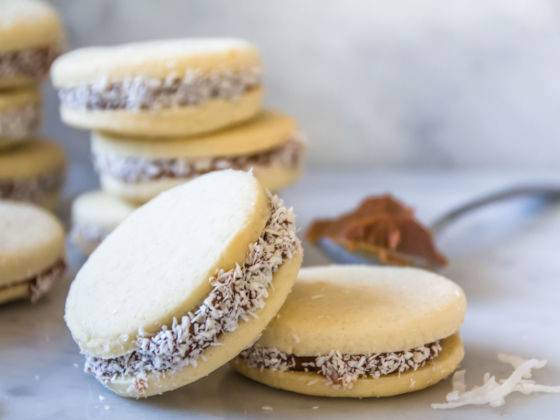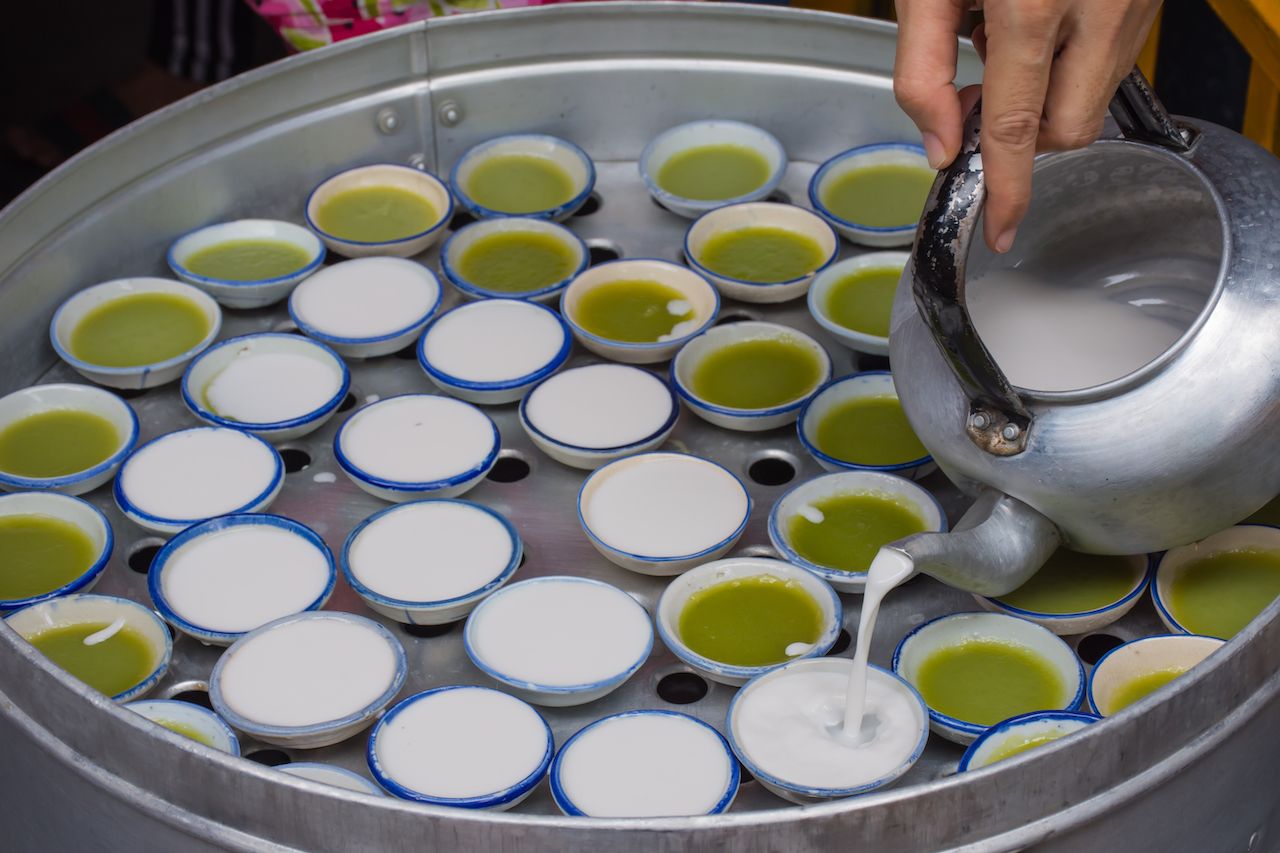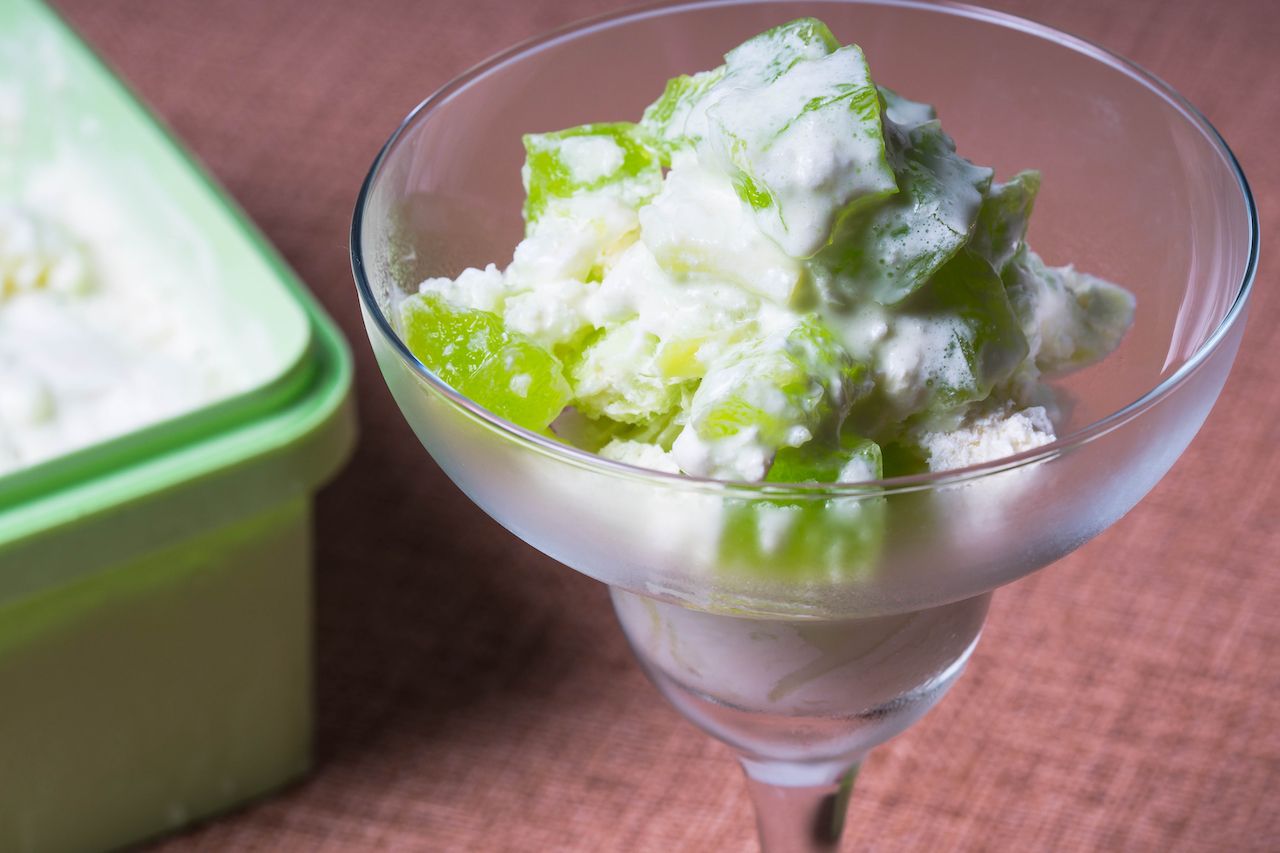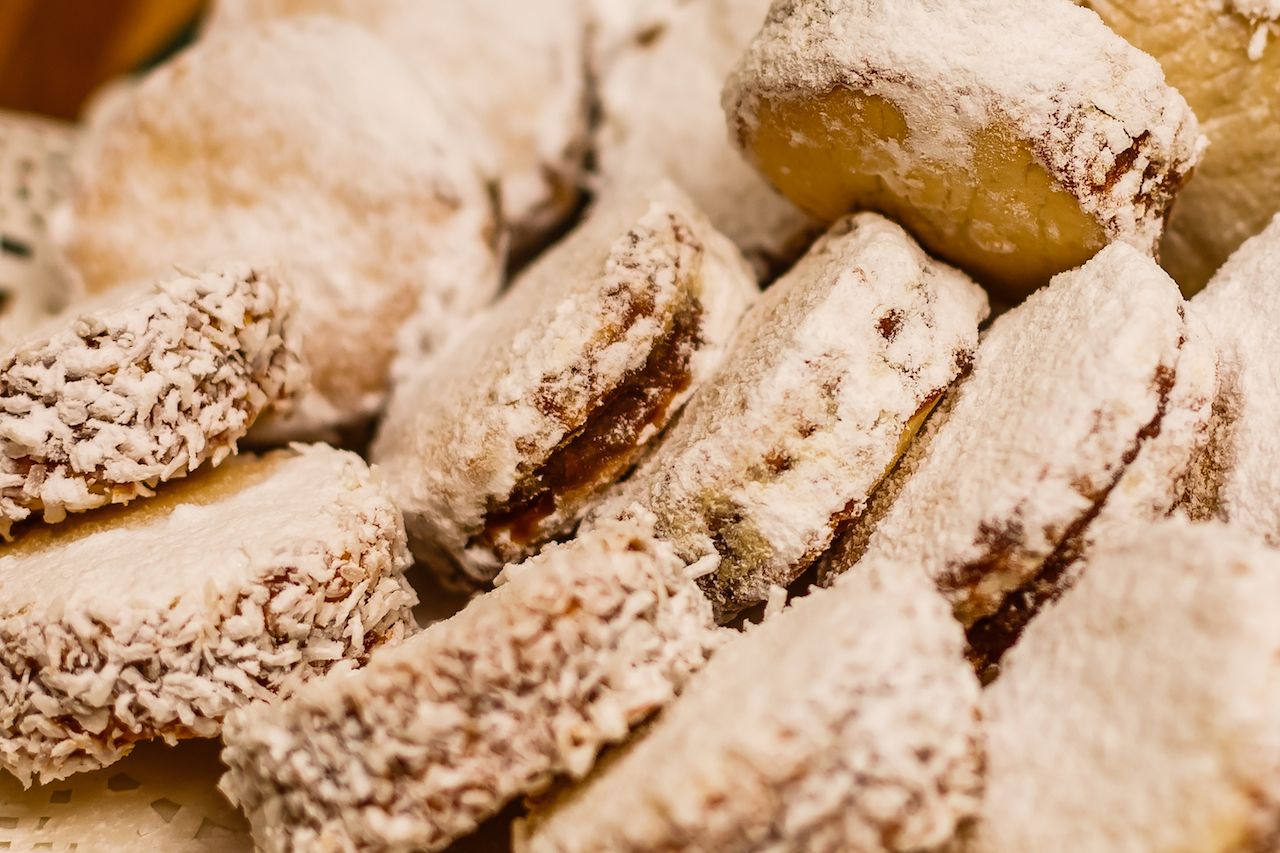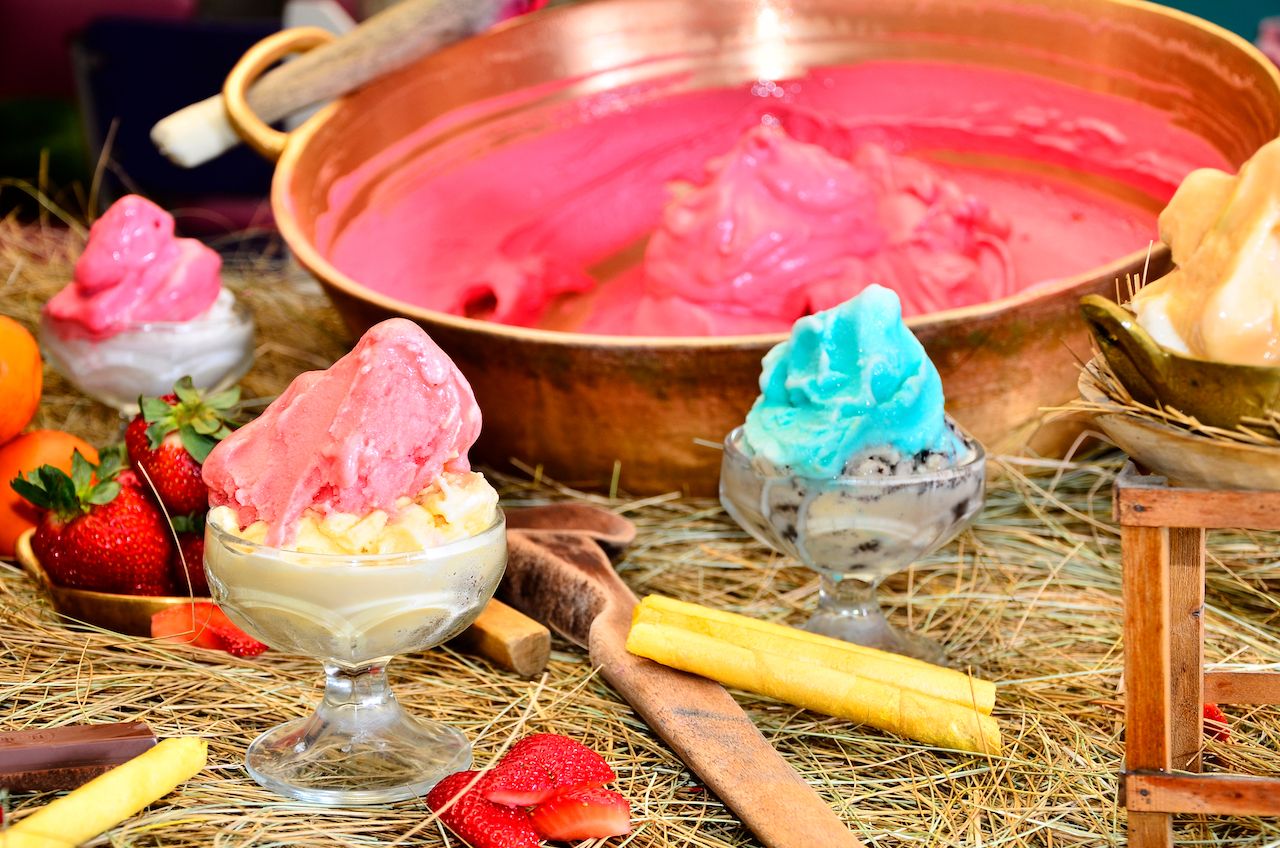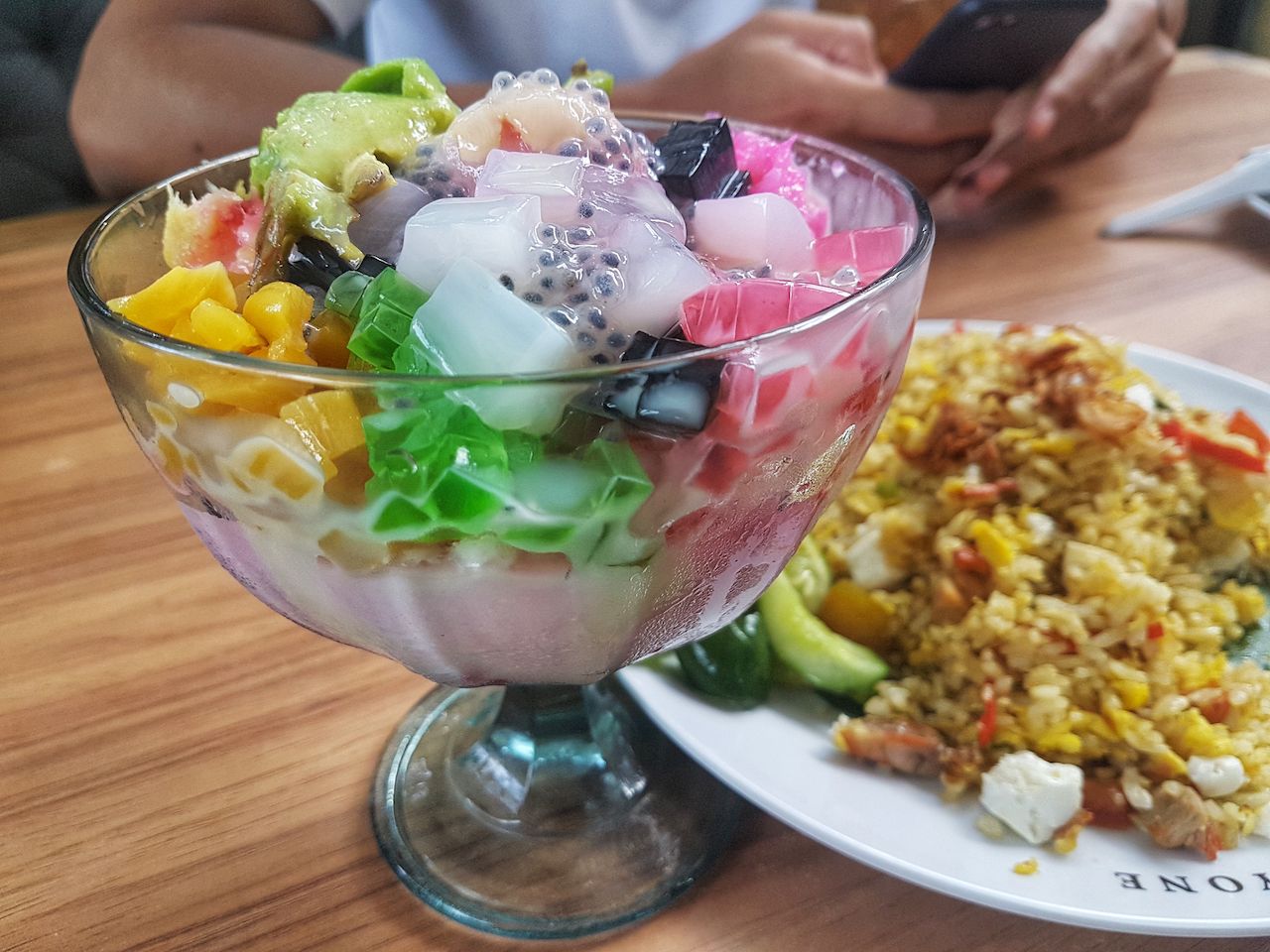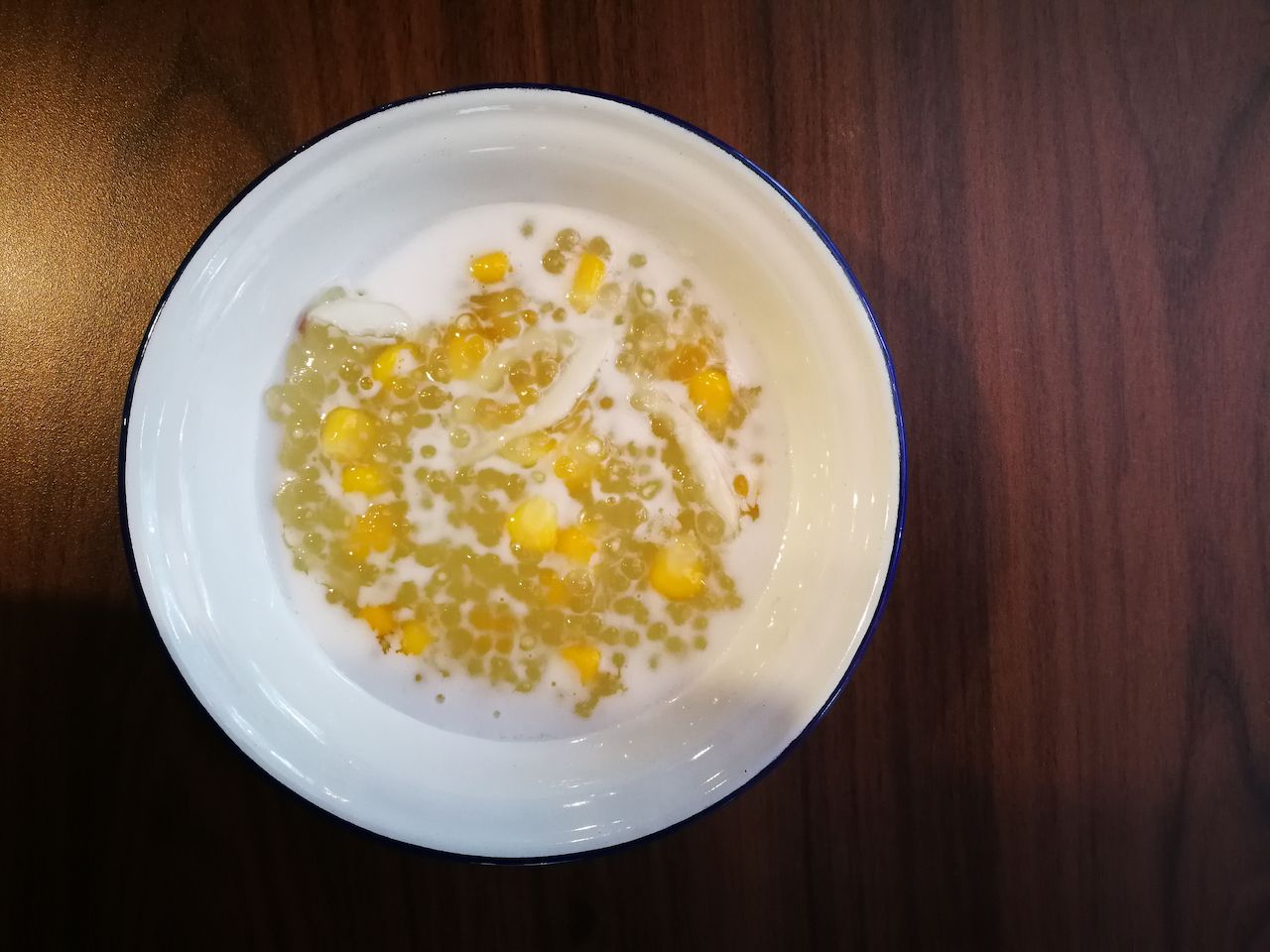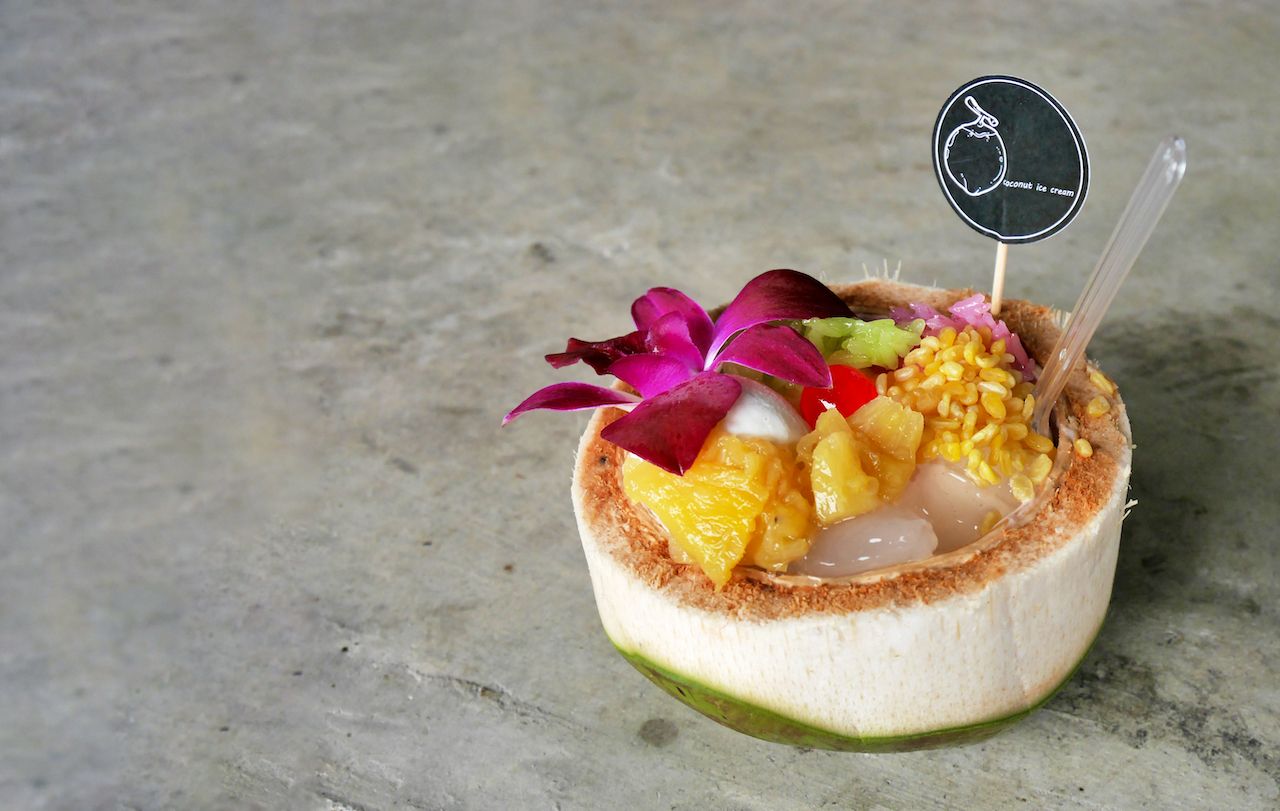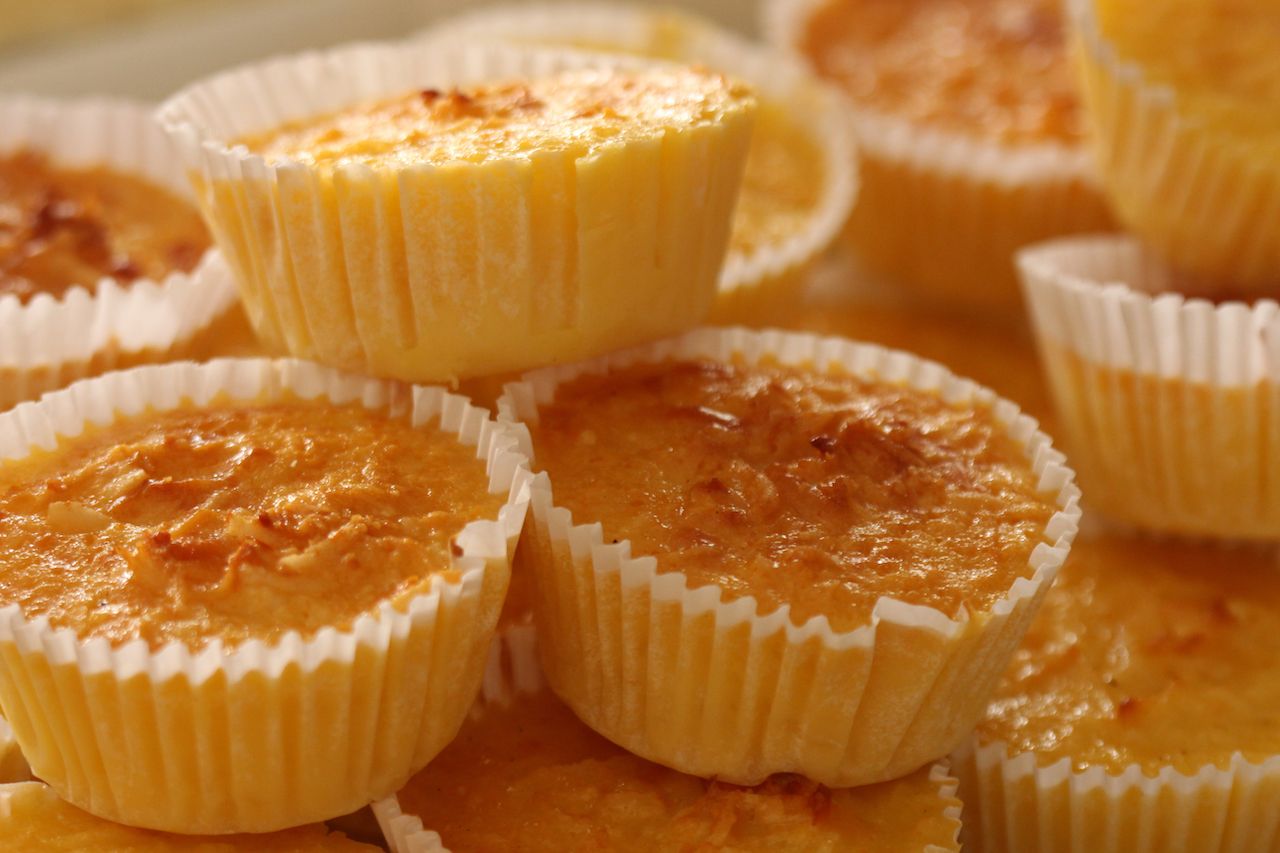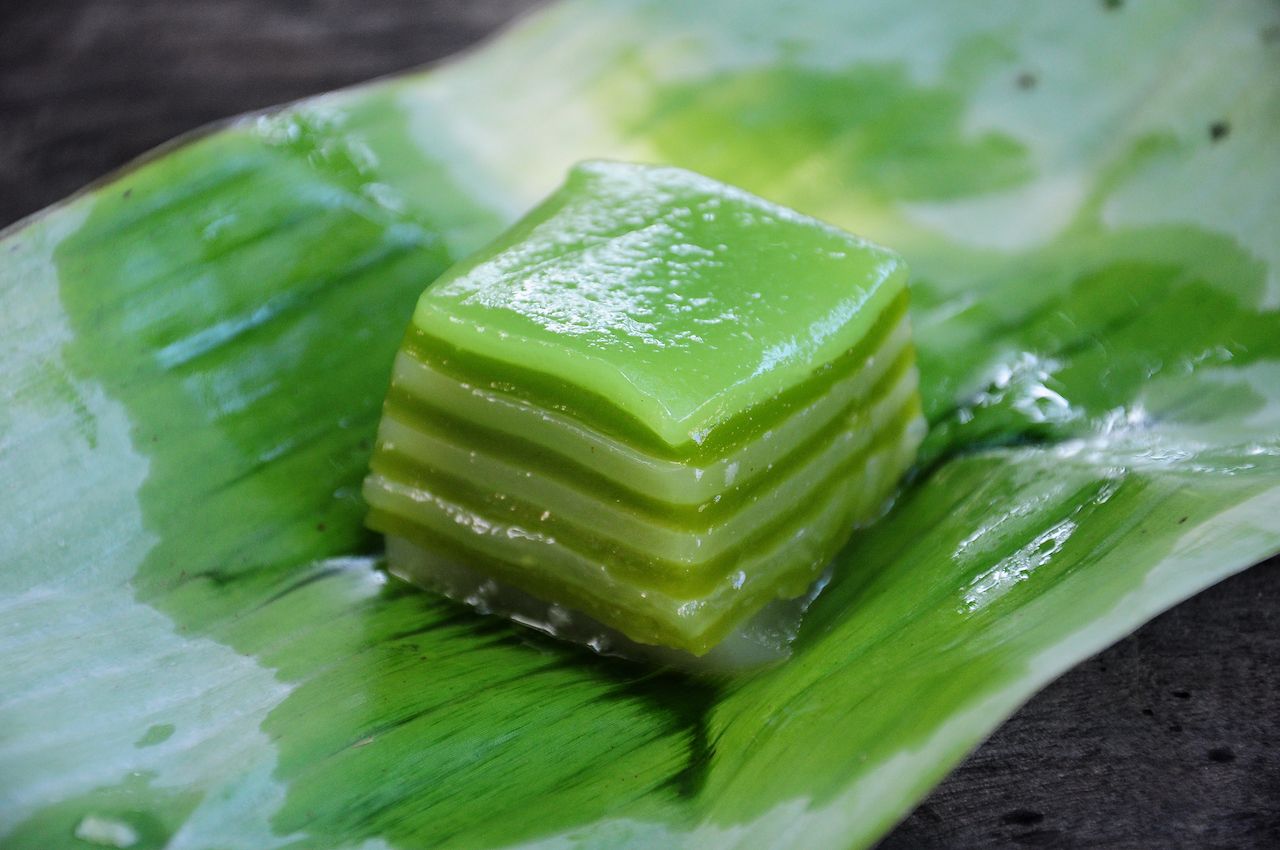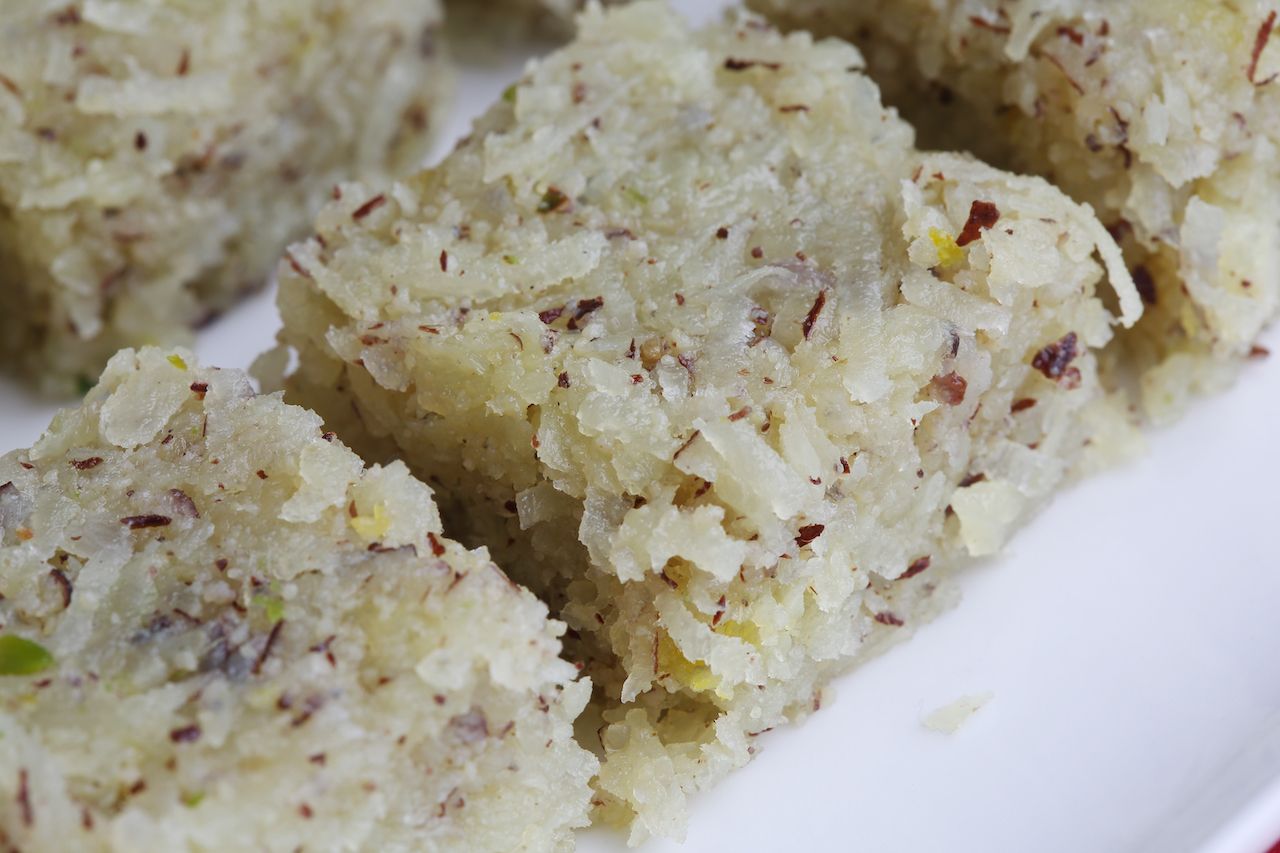Whether it is shredded, turned to custard or jelly, whipped into ice cream, or sprinkled onto a cookie, coconut holds a revered status in the realm of dessert. Nowhere is that more true than in Latin America and Southeast Asia.
Coconuts thrive in the tropical climes of Southeast Asia. They’ve been a life-saving source of sustenance in that part of the world for centuries, but it’s a beloved dessert, too. In Malaysia the coconut tree is called the “tree of a thousand uses.” In the Philippines, it’s known as the “tree of life.” Coconut cream is used to flavor sweet beverages layered with crushed ice (perfect for the region’s sweltering heat) in layered jellies, and ice cream. Pandan, an aromatic leafy green plant, is often pounded into a paste to add neon green hues and extra sweetness to coconut desserts. Meanwhile, in Latin America, coconuts are as common as clouds in the sky. Shredded coconut flavors cakes and is turned into candy and custard.
These are 15 coconut desserts worth trying as you travel the world.
